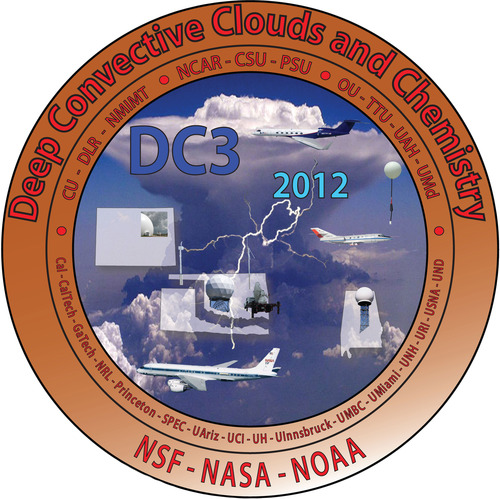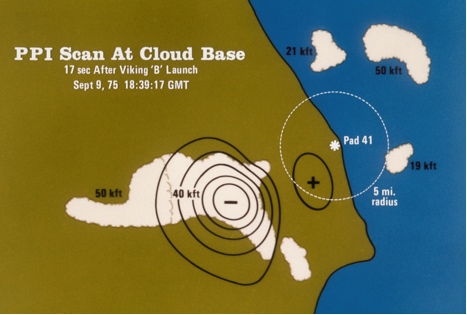 A group of researchers, including NSSL’s Dave Stensrud, recently announced they plan to study the effects of cities on thunderstorms. Looking at a number of different U.S. cities, the project hopes to clarify how urban pollution, canopy, and surrounding landscape influences the intensity and track of an approaching thunderstorm.
A group of researchers, including NSSL’s Dave Stensrud, recently announced they plan to study the effects of cities on thunderstorms. Looking at a number of different U.S. cities, the project hopes to clarify how urban pollution, canopy, and surrounding landscape influences the intensity and track of an approaching thunderstorm.
Stensrud is a principal investigator on the three-year $1.5 million NASA grant.
Researchers will use data from the space-borne MODIS sensors on NASA satellites to look at city shape and size, as well as pollution and other aerosols, for selected cities in the Great Plains. These measurements, along with geographic data of the urban canopy and the vegetation of surrounding rural areas, will be combined with archived radar data of storms in high-resolution computer simulations.
“We are going to set up and run the model many times but with different variables; city or no city, pollution or vegetation,” Stensrud said. “From this we hope to learn what size a city needs to be to have an impact on a storm.”
The information will be valuable for city and regional planners, as well as agricultural producers in surrounding areas.
The team includes weather computer modelers, radar meteorologists, landscape architects, atmospheric chemists and geographers from NSSL, South Dakota State University, the University of Oklahoma, the University of Michigan, Columbia University and the University of Minnesota.




